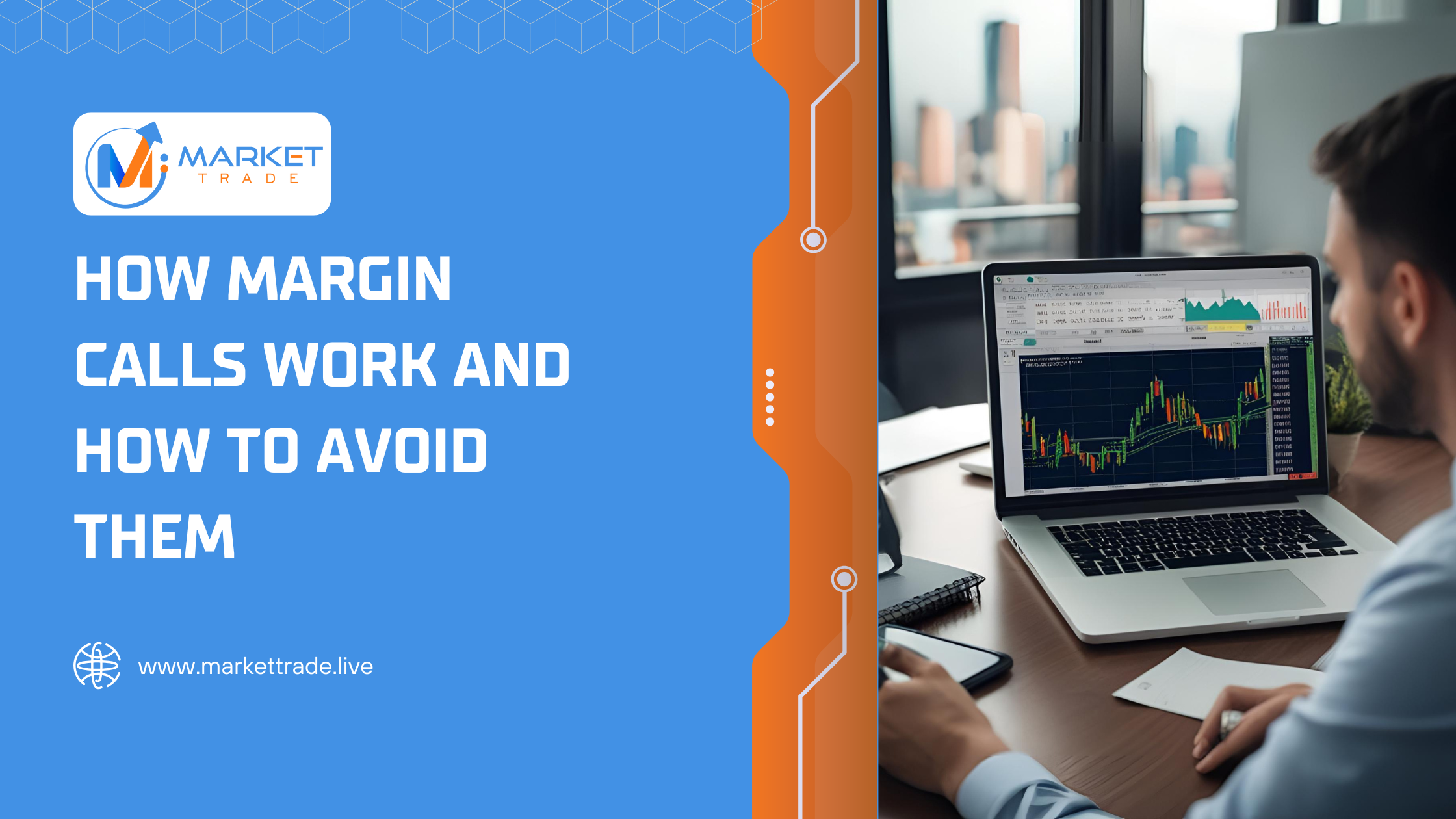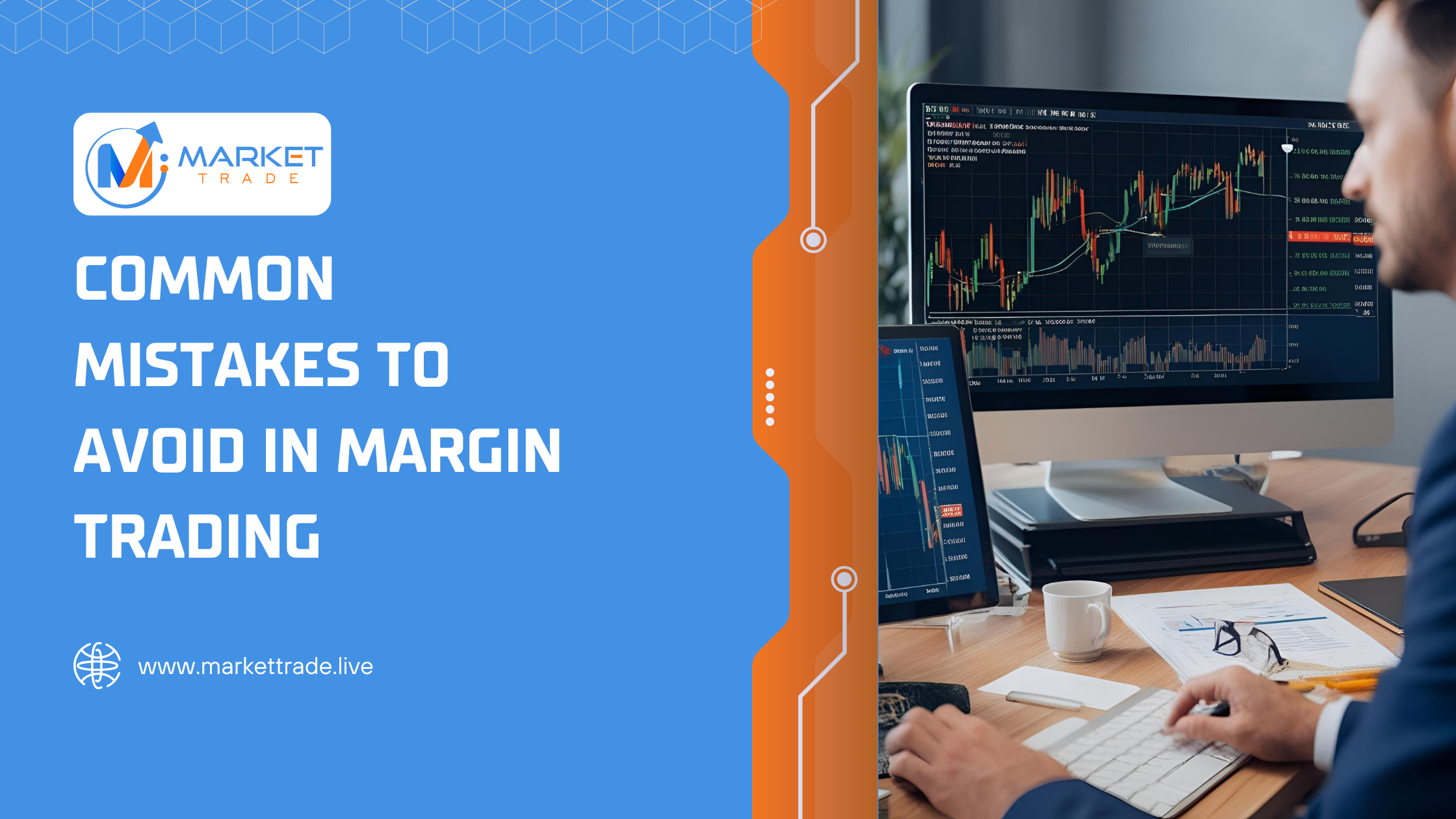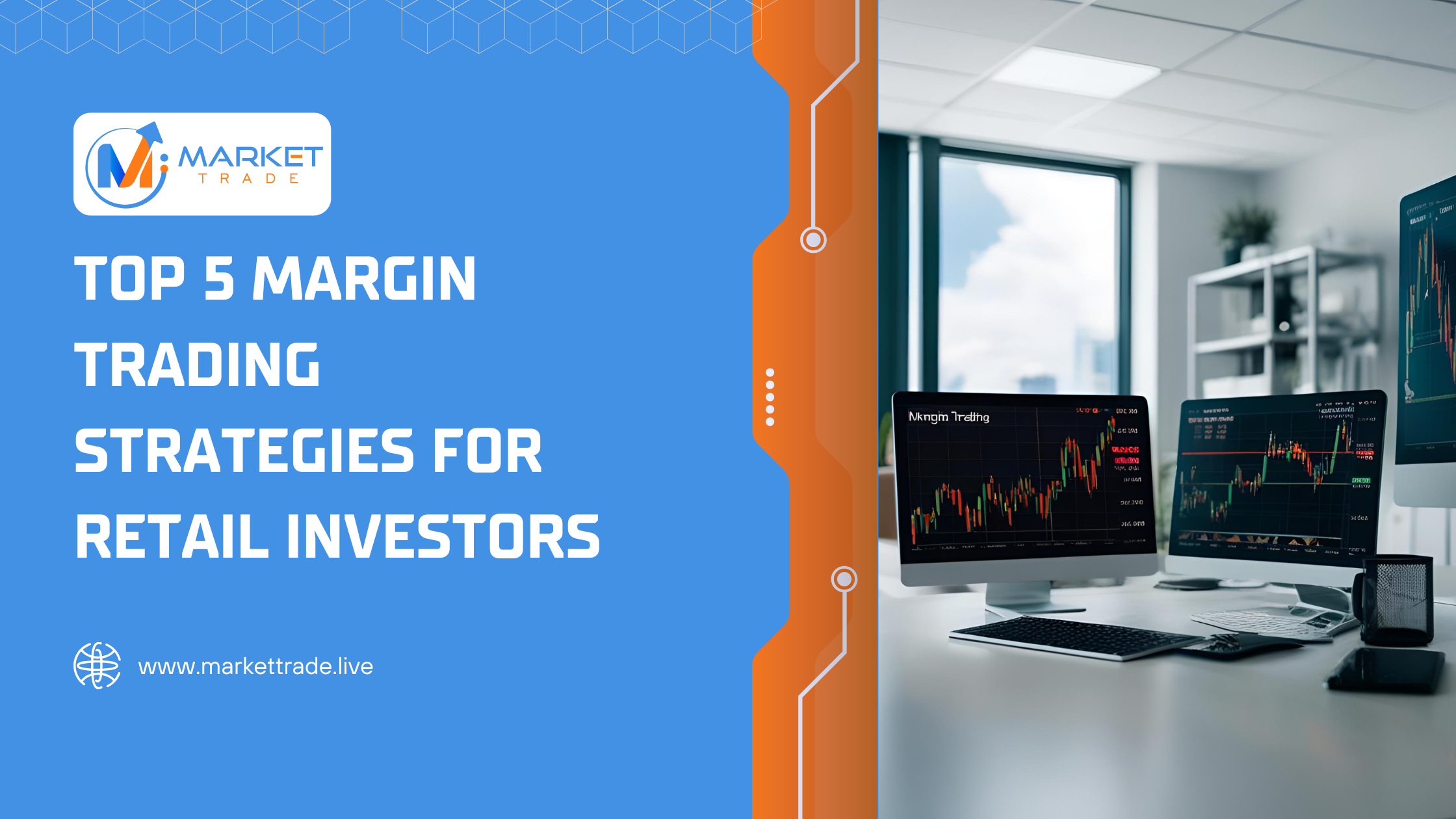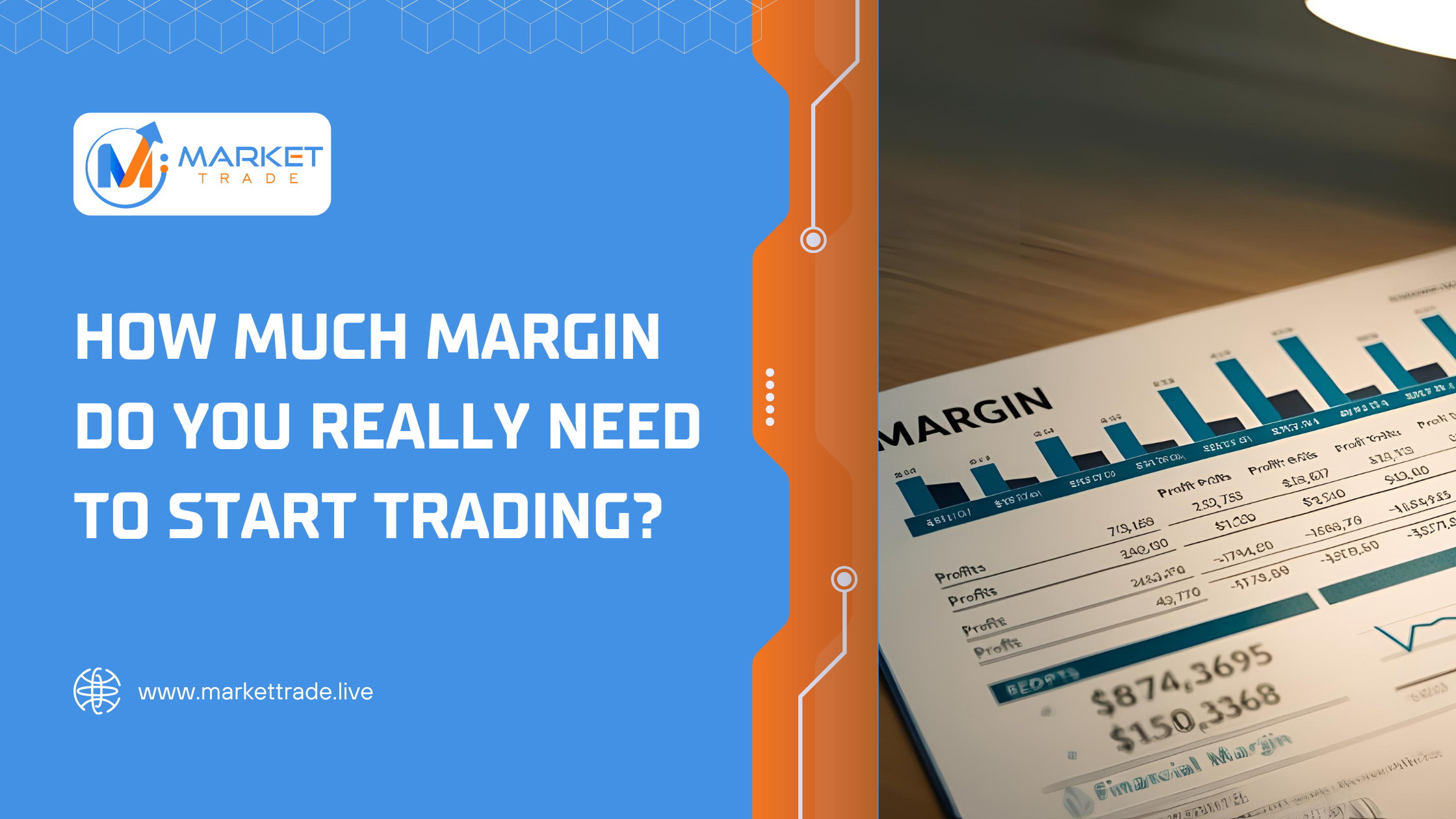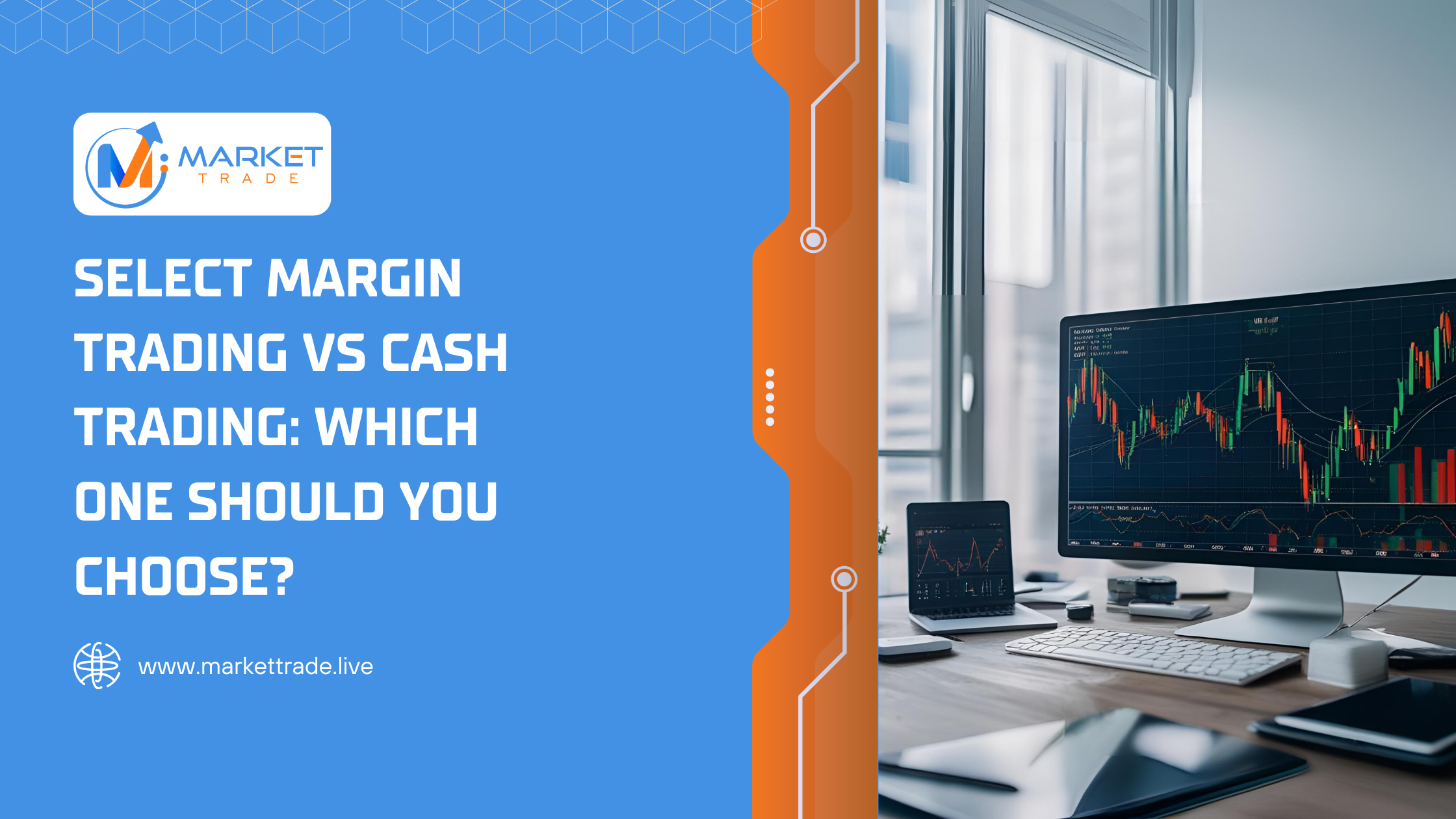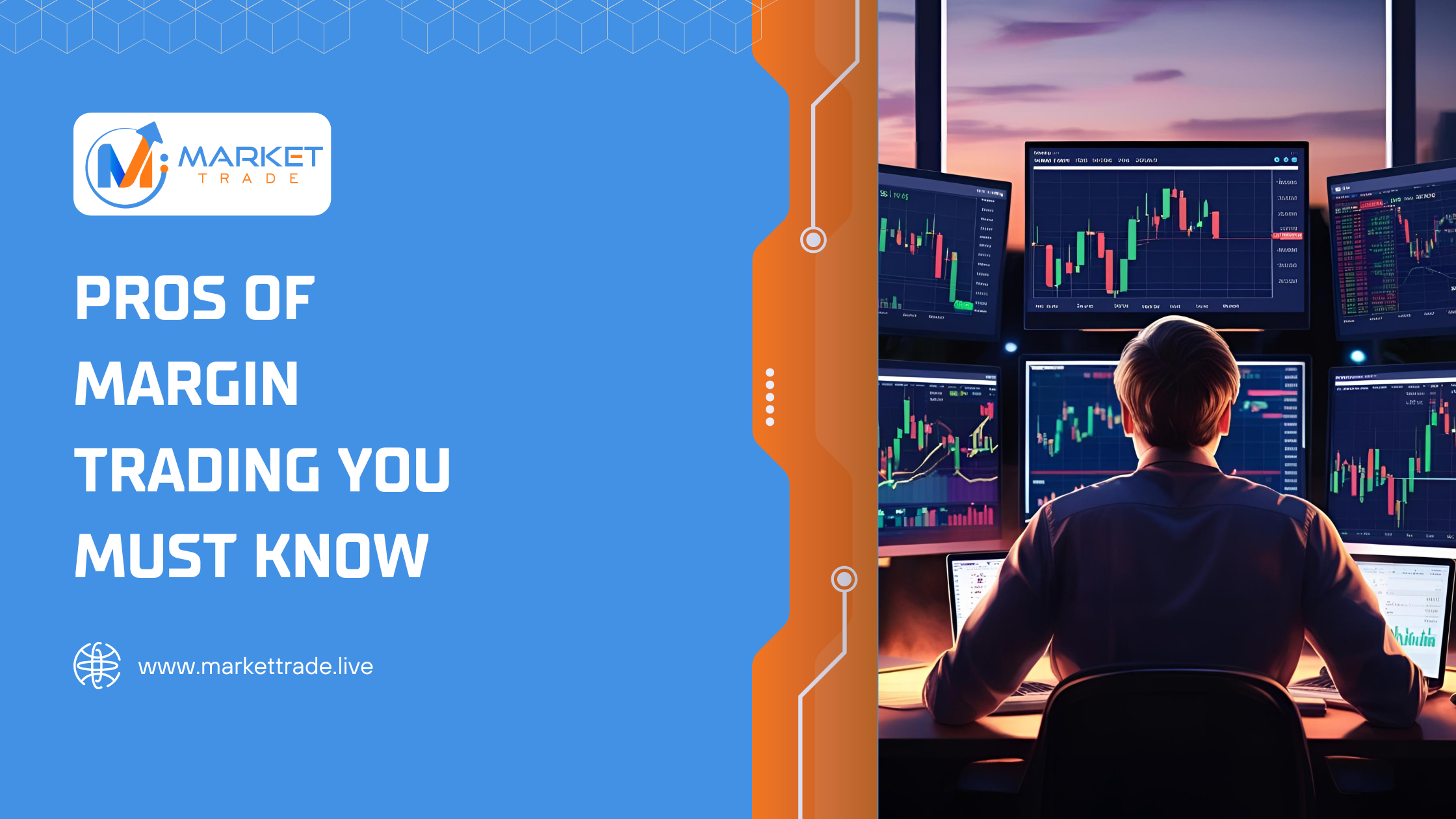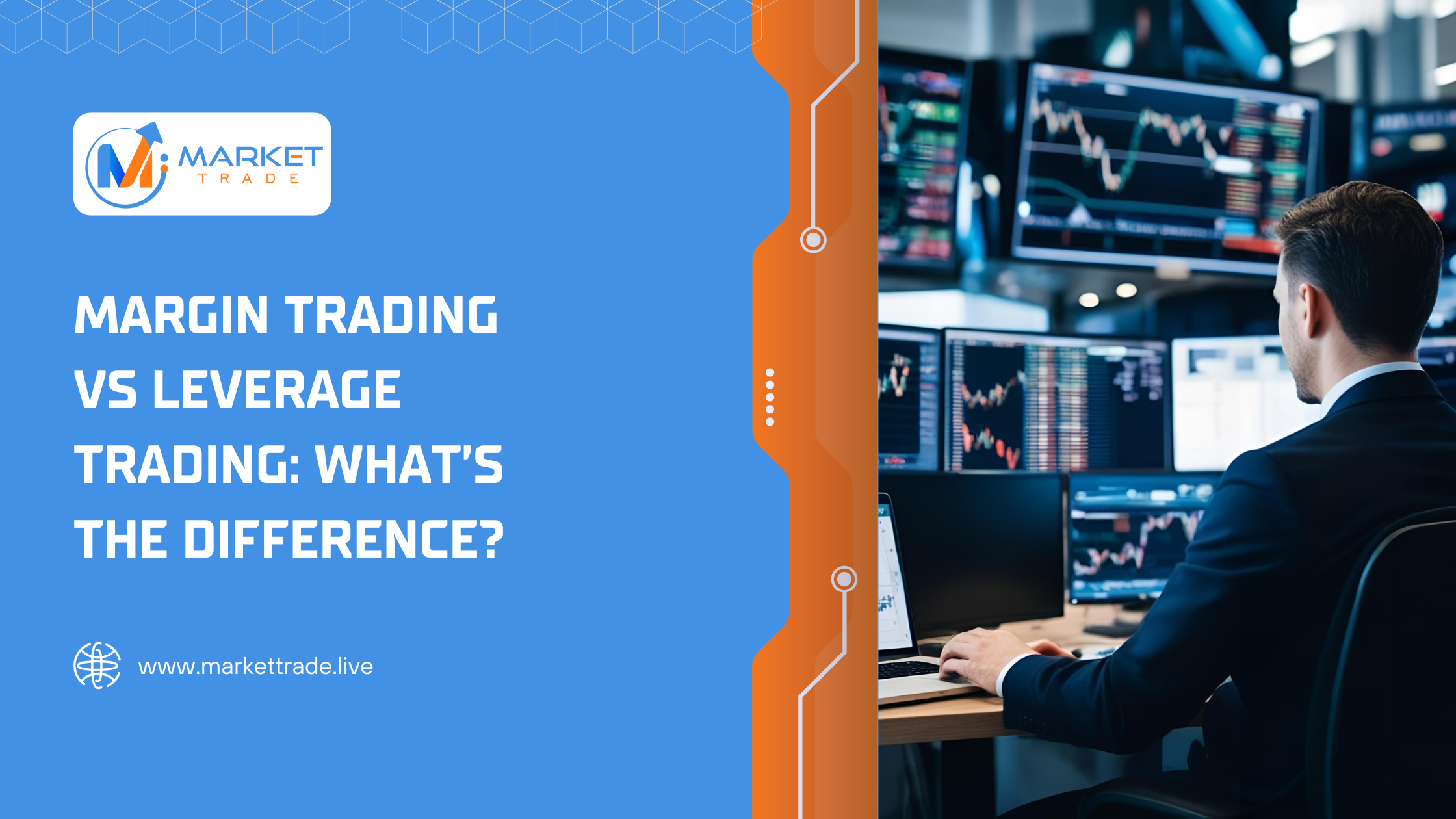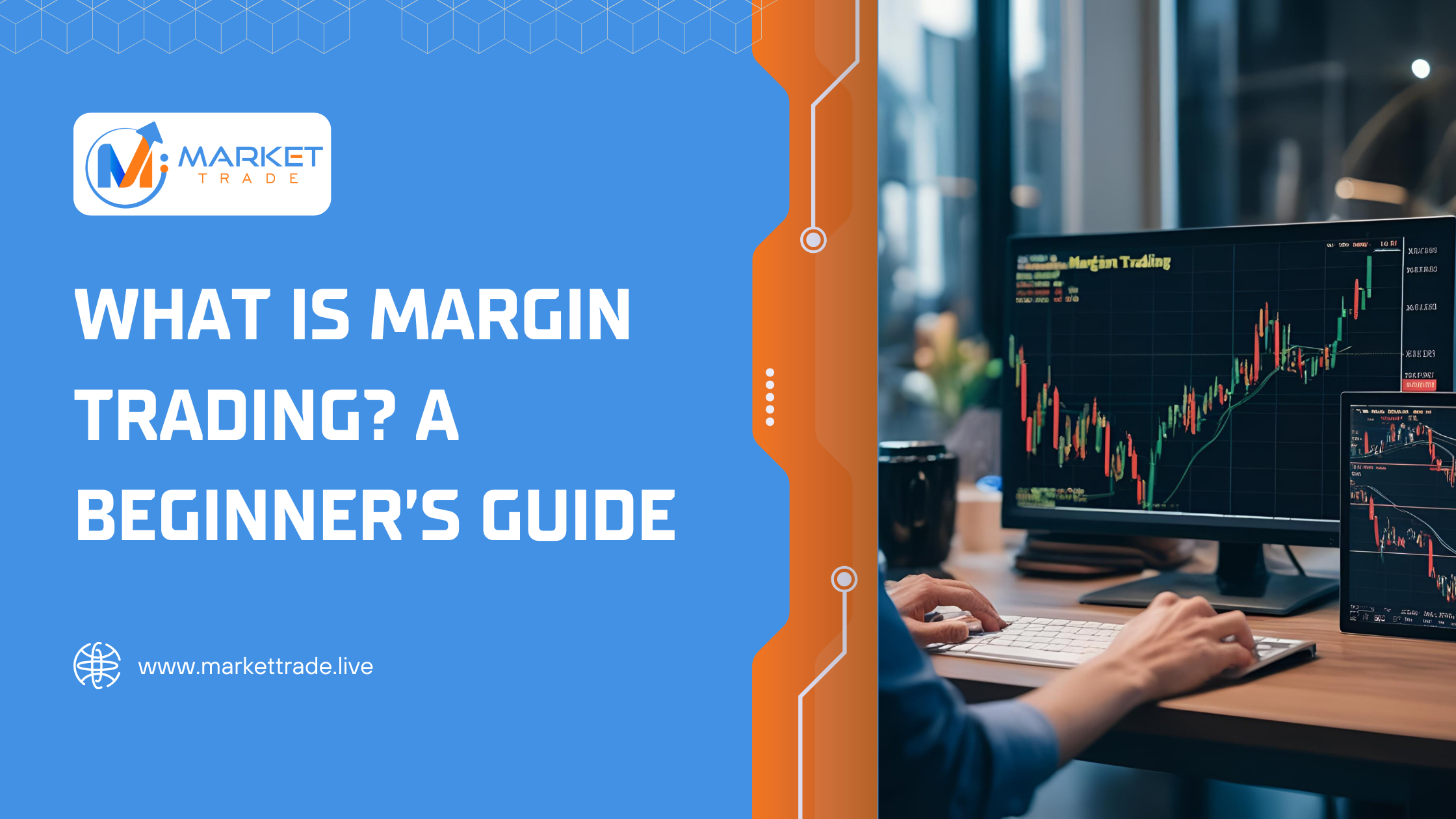
Margin trading has become a favorite among active traders — whether in traditional markets like stocks and forex or emerging markets like cryptocurrencies. But while the core concept of margin trading remains the same (borrowing funds to increase position size), how it works in crypto can be quite different from how it’s used in stock and forex markets. In this blog, we’ll explore how crypto margin trading differs from traditional markets — highlighting what makes it unique, exciting, and increasingly popular among new-age traders. 🚀 What is Margin Trading? (Quick Recap) Margin trading lets you trade with more capital than you actually own by borrowing funds from a broker or exchange. This allows traders to: Take larger positions Amplify potential returns Diversify trades with limited capital 💸 Crypto Margin Trading: What Makes It Unique? Margin trading in crypto markets has become incredibly accessible due to 24/7 global availability, high volatility, and user-friendly exchanges like Binance, Bybit, and Bitget. Here’s what sets it apart: 🔄 1. 24/7 Trading Without Market Closures Unlike stock and forex markets that operate within specific time windows, crypto markets never sleep. You can margin trade Bitcoin, Ethereum, and altcoins anytime, any day. ✅ Benefit: More flexibility for traders worldwide Great for those who trade part-time or on weekends 🔧 2. Seamless Leverage Customization In crypto, many platforms allow traders to choose their own leverage, often ranging from 2x to 100x, depending on the coin and exchange. ✅ Example: Choose 3x for lower risk Use 10x or more for high-conviction setups (if experienced) Leverage settings can be adjusted per trade — something not commonly offered in stock markets. 🌐 3. Easy Onboarding with USDT or BTC In crypto margin trading, you typically use stablecoins like USDT or cryptocurrencies like BTC/ETH as your base margin — no need for fiat transfers. ✅ Benefit: Quick deposits and withdrawals Avoids delays linked to banking hours Great for global traders 💱 4. Collateral Flexibility Crypto platforms let you use different crypto assets as margin collateral. For example: Use USDT to margin trade BTC Use ETH to open a position in Solana This flexibility offers more control over capital and strategy design. 📉 5. Volatility = More Opportunities Cryptos are naturally more volatile than stocks or forex. That means more price swings — and more opportunities for margin traders to capture profits in both up and down markets. ✅ Benefit: Ideal for intraday or swing trading Faster trade setups with quick movements Volatility is not a downside — it’s a feature for the informed trader. 📊 How It Differs from Stocks and Forex Feature Crypto Margin Trading Stock Margin Trading Forex Margin Trading Market Hours 24/7 Weekdays (9:15–3:30 IST in India) 24/5 Leverage Offered Up to 100x (based on asset & platform) 2x to 5x (regulated by SEBI) Up to 50x (varies by broker & region) Base Currency Crypto assets (e.g. USDT, BTC) INR or USD (cash accounts) USD or account currency Collateral Types Multiple crypto coins allowed Cash or approved securities Account base currency Accessibility Global, no geographic limits Depends on country & regulation Regulated by region 🛠️ Tools & Platforms for Crypto Margin Trading Some of the most popular and beginner-friendly crypto margin trading platforms include: Binance (spot & futures margin) Bybit (futures with isolated/cross margin) Bitget (advanced risk tools) OKX (multi-asset margin options) These platforms offer: Adjustable leverage Real-time charting tools Risk management settings like stop-loss, take-profit, and liquidation limits 💼 Why Crypto Margin Trading is Gaining Popularity ✅ Low Capital Requirement Start trading with just $10 or less. ✅ Global Reach Open accounts without heavy documentation barriers. ✅ User Experience Most exchanges offer mobile apps, easy UI, and instant execution. ✅ Innovative Features Trade perpetual futures, isolated/cross margin, or hedge positions with ease. 🤔 When is Crypto Margin Trading Right for You? Choose crypto margin trading if: You want to trade actively in a 24/7 market You’re looking for high liquidity and fast execution You enjoy flexibility in leverage and asset choice You prefer depositing crypto over fiat currency ✅ Tips to Trade Crypto on Margin Effectively Start with low leverage (2x–5x) Trade high-volume coins like BTC, ETH, SOL Use stop-loss and take-profit on every trade Monitor the funding rate on perpetual futures Learn with a demo account or small capital 🏁 Conclusion Crypto margin trading brings a new level of freedom, flexibility, and opportunity for today’s trader. With features like 24/7 access, customizable leverage, and crypto-based collateral, it’s no surprise that crypto has become a global favorite for margin enthusiasts. While it’s different from stocks and forex in structure and speed, the underlying goal is the same: maximize potential using smart strategies. 🚀 Ready to Explore Margin Trading in Crypto? Join Market Trade to start your journey with intuitive crypto margin trading tools, low entry barriers, and top-tier security — whether you’re trading BTC, ETH, or altcoins. 👉 Sign up today and elevate your trading with crypto-powered leverage!



